Massachusetts, particularly the Greater Boston area, is a vibrant hub of innovation, education, and commerce. At its very heart lies Route 128, often dubbed “America’s Technology Highway,” a critical artery connecting numerous businesses, universities, and residential areas. But its significance extends beyond local road travel. Route 128 is also a key intermodal nexus, offering seamless connections to Amtrak’s railway network and major regional airports.
Whether you’re a business traveler, a student, a tourist, or a local commuting daily, understanding the interplay between Route 128, the Amtrak station it hosts, and nearby airports is essential for efficient travel. This guide will provide you with a comprehensive overview, including distances and key operational details.
1. Route 128: America’s Technology Highway
Massachusetts Route 128 isn’t just a road; it’s an economic corridor and a historical landmark. Officially, portions of Route 128 are co-signed as Interstate 95 (I-95) and Interstate 93 (I-93) as it rings Boston to the west, south, and north. It earned its “Technology Highway” moniker due to the concentration of high-tech and biotech companies, research institutions, and universities that line its path.
Key Characteristics:
- Segment of I-95/I-93: Follows the outer beltway around Boston.
- Economic Engine: Home to corporate campuses, research labs, and startups.
- Accessibility: Provides access to dozens of Massachusetts towns and cities.
- Traffic: Known for significant congestion during peak hours, especially where I-95 and I-93 merge or diverge.
Key Towns and Cities Directly Served or Accessed via Route 128:
- North Shore: Peabody, Danvers, Burlington, Lexington, Woburn
- West: Waltham, Weston, Newton
- South: Needham, Dedham, Westwood, Norwood, Canton
For travelers, Route 128 is the primary vehicular artery to connect to the region’s rail and air hubs.
2. Amtrak Railway Routes from Route 128 Station (RTE)
One of the most valuable assets along Route 128 for intercity travel is the Route 128/Westwood Amtrak Station (RTE). Located in Westwood, just off I-95, this station offers a convenient alternative to driving into downtown Boston’s South Station. It’s a stop on the famed Northeast Corridor (NEC), providing direct access to major East Coast cities.
Services Available at Route 128 (RTE) Station:
- Acela Express: Amtrak’s high-speed service, offering faster travel times between major cities.
- Northeast Regional: Conventional speed service, with more frequent stops.
- MBTA Commuter Rail: The station also serves the Providence/Stoughton line of the MBTA Commuter Rail, connecting to Boston South Station and points south into Rhode Island.
Table 1: Key Amtrak Routes & Approximate Distances from Route 128 (RTE) Station
| Route/Service | Key Destinations (from RTE) | Approx. Rail Distance (miles) | Estimated Travel Time (to first listed destination) | Notes |
|---|---|---|---|---|
| Northeast Regional | Boston South Station, Providence, New York Penn Station, Philadelphia 30th St., Washington D.C. Union Station | More frequent stops, offers business class. | ||
| – To Boston South Station | ~15 | 20-30 minutes | Convenient for downtown Boston without driving. | |
| – To Providence, RI | ~25 | 30-45 minutes | Direct access to Rhode Island’s capital. | |
| – To New York Penn Station | ~200 | 3.5 – 4 hours | Iconic journey to NYC, ideal for business or leisure. | |
| – To Philadelphia 30th St. | ~290 | 5 – 6 hours | Connects to the historic city of Philadelphia. | |
| – To Washington D.C. Union Station | ~420 | 7.5 – 8.5 hours | Capital-to-capital direct service. | |
| Acela Express | Boston South Station, Providence, New York Penn Station, Philadelphia 30th St., Washington D.C. Union Station | Faster, premium service with first class and business class. | ||
| – To Boston South Station | ~15 | 15-20 minutes | Quickest rail link into downtown Boston. | |
| – To Providence, RI | ~25 | 25-35 minutes | Faster connection to Providence. | |
| – To New York Penn Station | ~200 | 3 – 3.5 hours | Significant time savings to NYC. | |
| – To Philadelphia 30th St. | ~290 | 4.5 – 5.5 hours | Speedy access to Philadelphia. | |
| – To Washington D.C. Union Station | ~420 | 6.5 – 7.5 hours | Fastest rail option to the nation’s capital. |
Note: Distances and travel times are approximate and can vary based on specific train service, track conditions, and schedule changes. Always check Amtrak’s official website for the most up-to-date information.
3. Airport Operations & Access from Route 128
While Boston Logan International Airport (BOS) is the primary aviation hub for the region, several other airports are within a reasonable driving distance of Route 128, offering alternative travel options.
Table 2: Major Airports Near Route 128 with Approximate Road Distances
| Airport Name | IATA Code | Primary Location | Approx. Road Distance from Central Route 128 (e.g., Westwood) | Key Services/Notes |
|---|---|---|---|---|
| Boston Logan International Airport | BOS | Boston, MA | 20-25 miles | Major international and domestic hub; extensive flight options; accessible via MBTA Silver Line/Blue Line from Downtown Boston. |
| T.F. Green International Airport | PVD | Warwick, RI (south of Providence) | 35-40 miles | Smaller, often less congested; serves many domestic routes; accessible via MBTA Commuter Rail (via Providence station). |
| Manchester-Boston Regional Airport | MHT | Manchester, NH | 60-70 miles | Caters to northern New England; often offers competitive fares on domestic routes. |
| Worcester Regional Airport | ORH | Worcester, MA | 40-45 miles | Growing regional airport; limited domestic flights, often less crowded. |
Accessing Logan International Airport (BOS) from Route 128:
Driving is the most direct method, but options vary based on traffic and desired convenience:
- Car/Rideshare: Take I-95 North (Route 128) -> I-93 North (into Boston) -> Callahan Tunnel/Ted Williams Tunnel to Logan. Traffic can be severe, especially on I-93 and through the tunnels.
- Distance: Approximately 20-25 miles from the Route 128 (Westwood) area.
- Estimated Travel Time: 30-60 minutes without heavy traffic; 60-90+ minutes during peak hours.
- Park & Ride / Public Transit:
- Option 1 (Rail & Subway): Drive to the Route 128 Amtrak/MBTA station, park, take the MBTA Providence/Stoughton Commuter Rail to Boston South Station. From South Station, connect to the MBTA Silver Line (SL1) which goes directly to all Logan terminals.
- Option 2 (Logan Express): Drive further into the suburbs to a Logan Express bus terminal (e.g., Braintree, Framingham, Peabody, Woburn). These buses provide direct, non-stop service to all Logan terminals.
- Braintree: Very close to the southern segment of Route 128/I-93.
- Peabody/Woburn: Convenient for northern Route 128 users.
- Benefits: Avoids city driving and parking fees at the airport.
4. Seamless Travel: Connecting Modes Along Route 128
The true power of Route 128 as a transportation hub lies in its ability to facilitate intermodal travel.
Scenario Examples:
- Commuting to NYC for a meeting, then flying out: Drive to Route 128 Amtrak station, take Acela to New York Penn Station. After your meeting, if flying from a different airport, you can connect directly. If flying from BOS later, take Amtrak back to RTE, retrieve your car, and drive to Logan, or take Commuter Rail to South Station and connect to the Silver Line.
- International visitor arriving at Logan: Take the Silver Line to South Station, transfer to the MBTA Commuter Rail (Providence/Stoughton line) to the Route 128 station, where a rental car or local pickup can be arranged.
- Business trip from Philadelphia to a company on Route 128: Take Amtrak from Philadelphia 30th Street Station directly to the Route 128 station. A waiting colleague or rideshare can pick you up right there.
Tips for Seamless Travel:
- Plan Ahead: Always check Amtrak, MBTA, and flight schedules in advance.
- Monitor Traffic: Use GPS apps (Google Maps, Waze) to check real-time traffic conditions, especially when driving to/from Logan.
- Parking: Factor in parking availability and cost at the Route 128 station if you plan to leave your car.
- Luggage: Consider the amount of luggage you’re carrying when choosing between modes of transport. Amtrak and Logan Express are generally more forgiving than the MBTA subway/bus.
- Utilize Apps: Download the Amtrak app, MBTA mTicket app, and airport apps for real-time updates and ticketing.
- Buffer Time: Always build in extra time, especially when connecting between different modes of transport or traveling during peak hours.
Conclusion
Route 128 isn’t just a highway; it’s a strategically vital transportation hub, offering unparalleled connectivity across Massachusetts and the entire Northeast Corridor. By understanding its role in the region’s transportation network and utilizing the integrated Amtrak and airport services, you can navigate your travels with efficiency and ease. Whether for business or leisure, the Route 128 corridor truly serves as a gateway to and from the dynamic heart of New England. Safe travels!
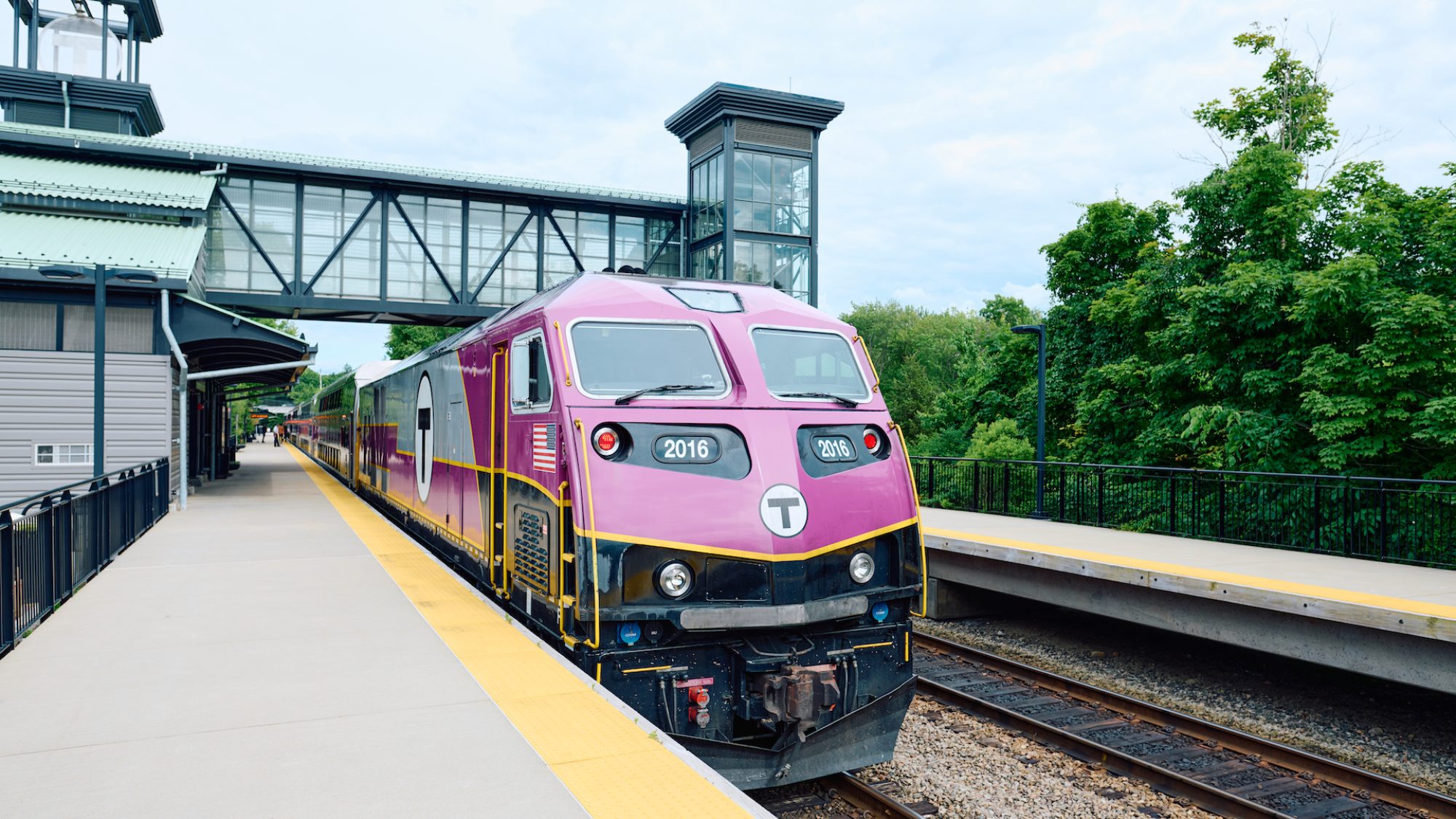


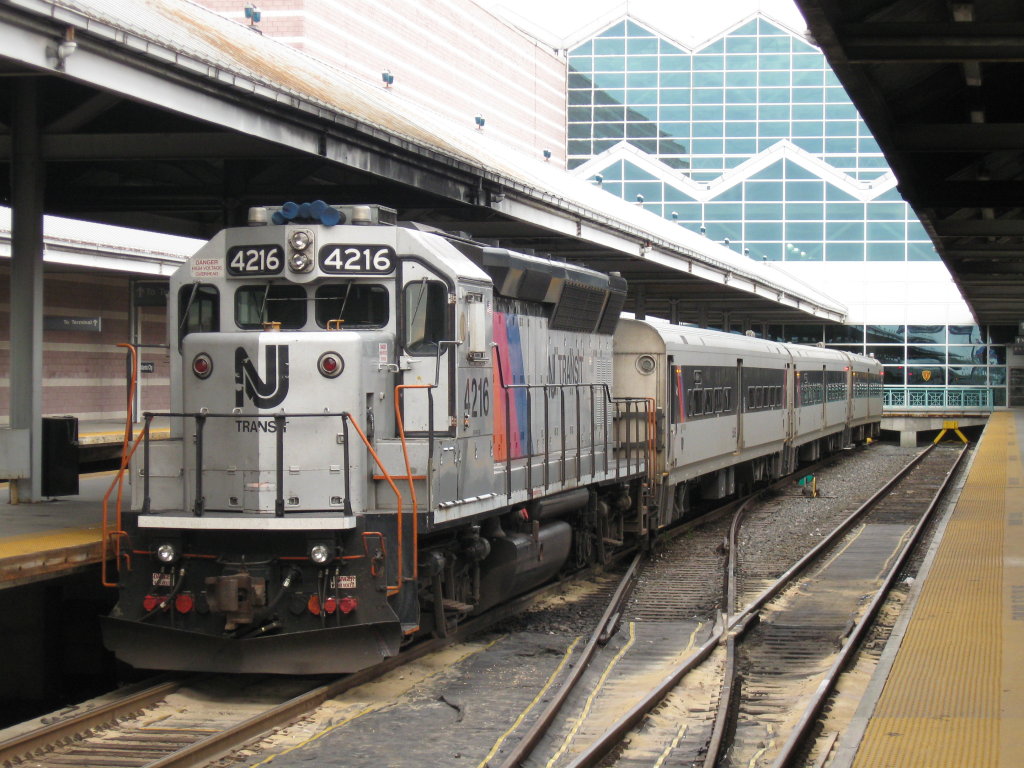
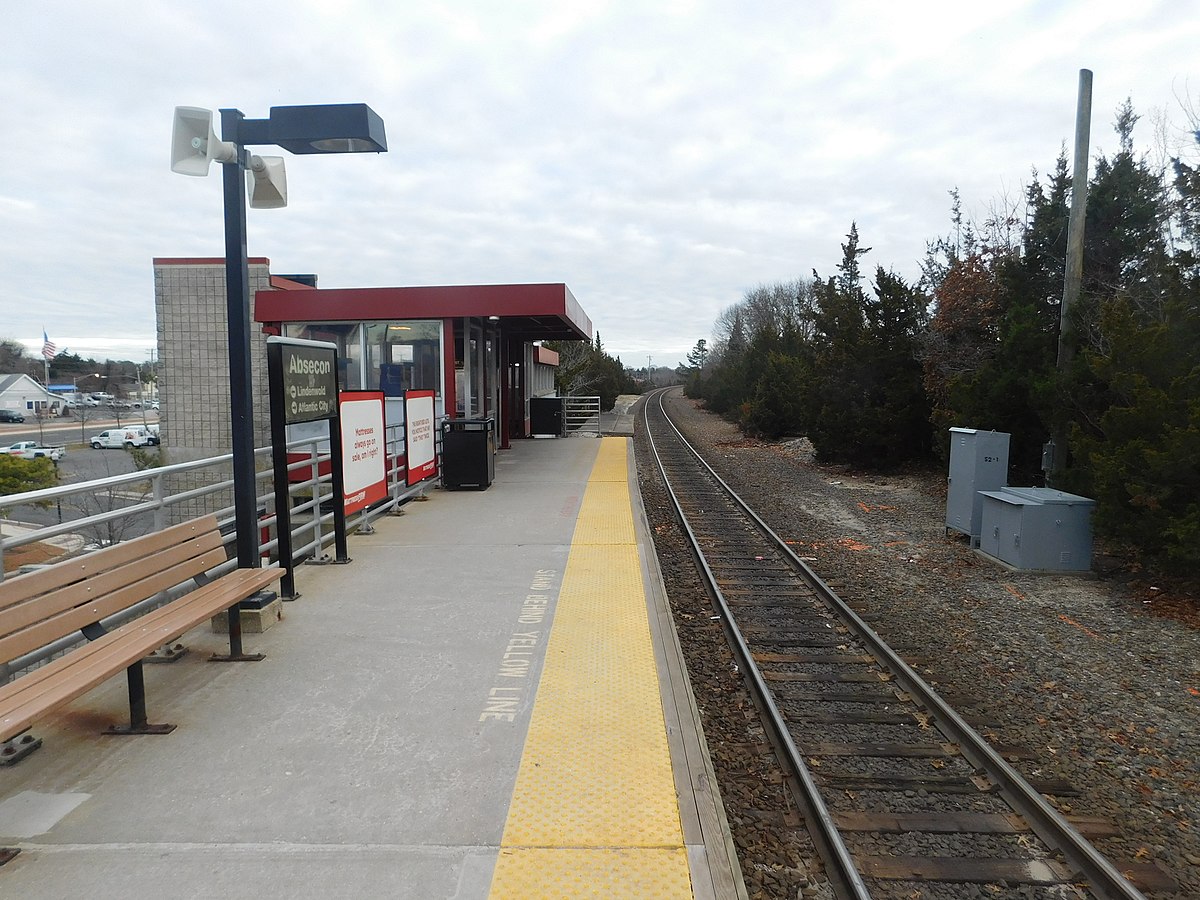
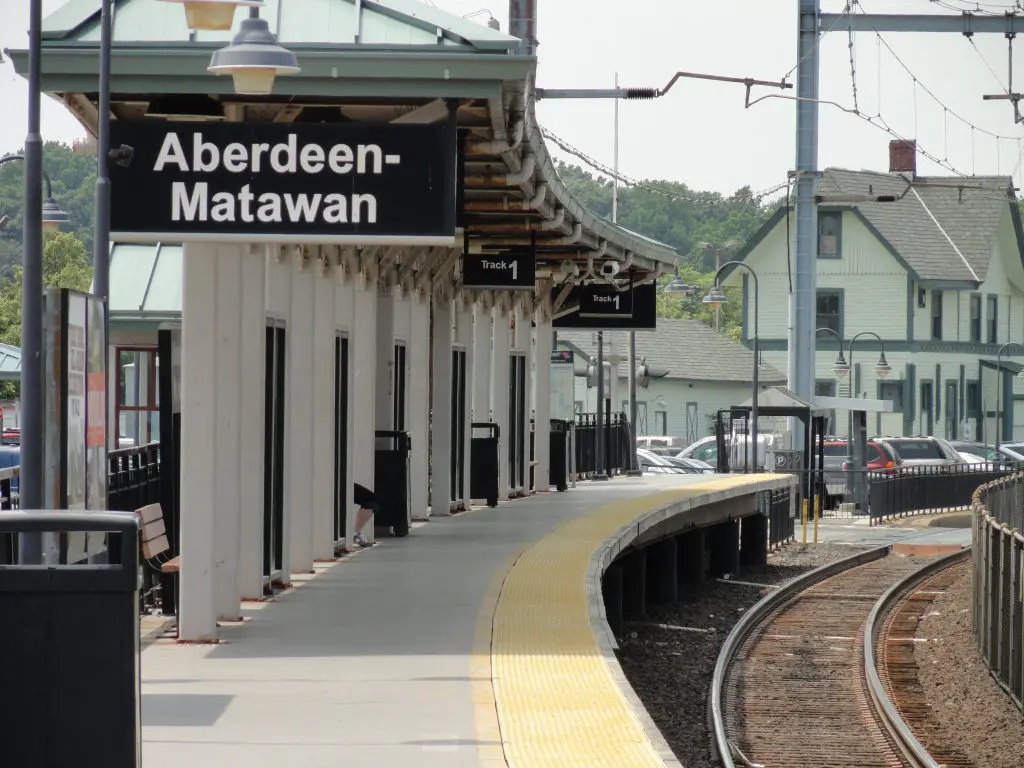
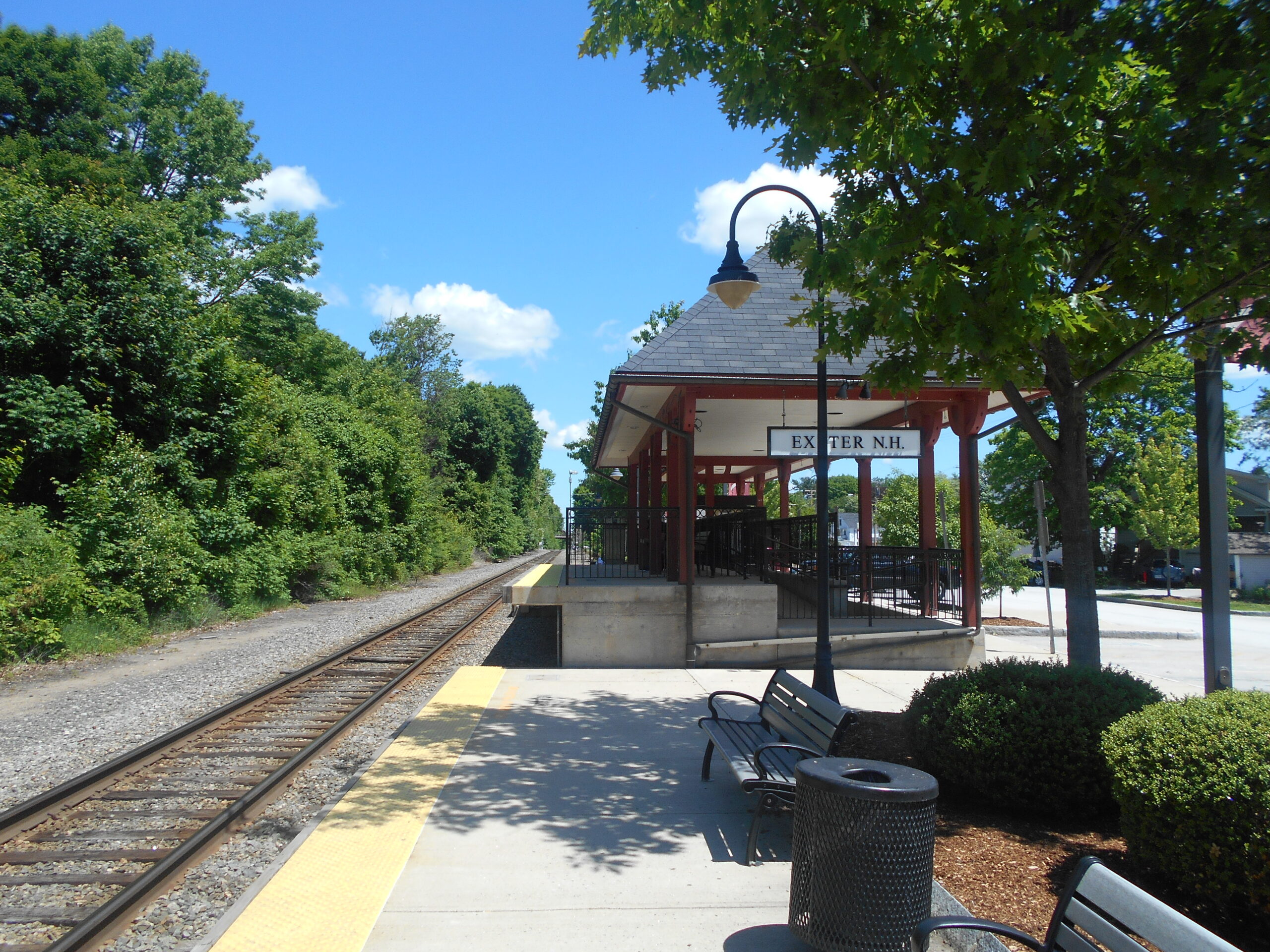
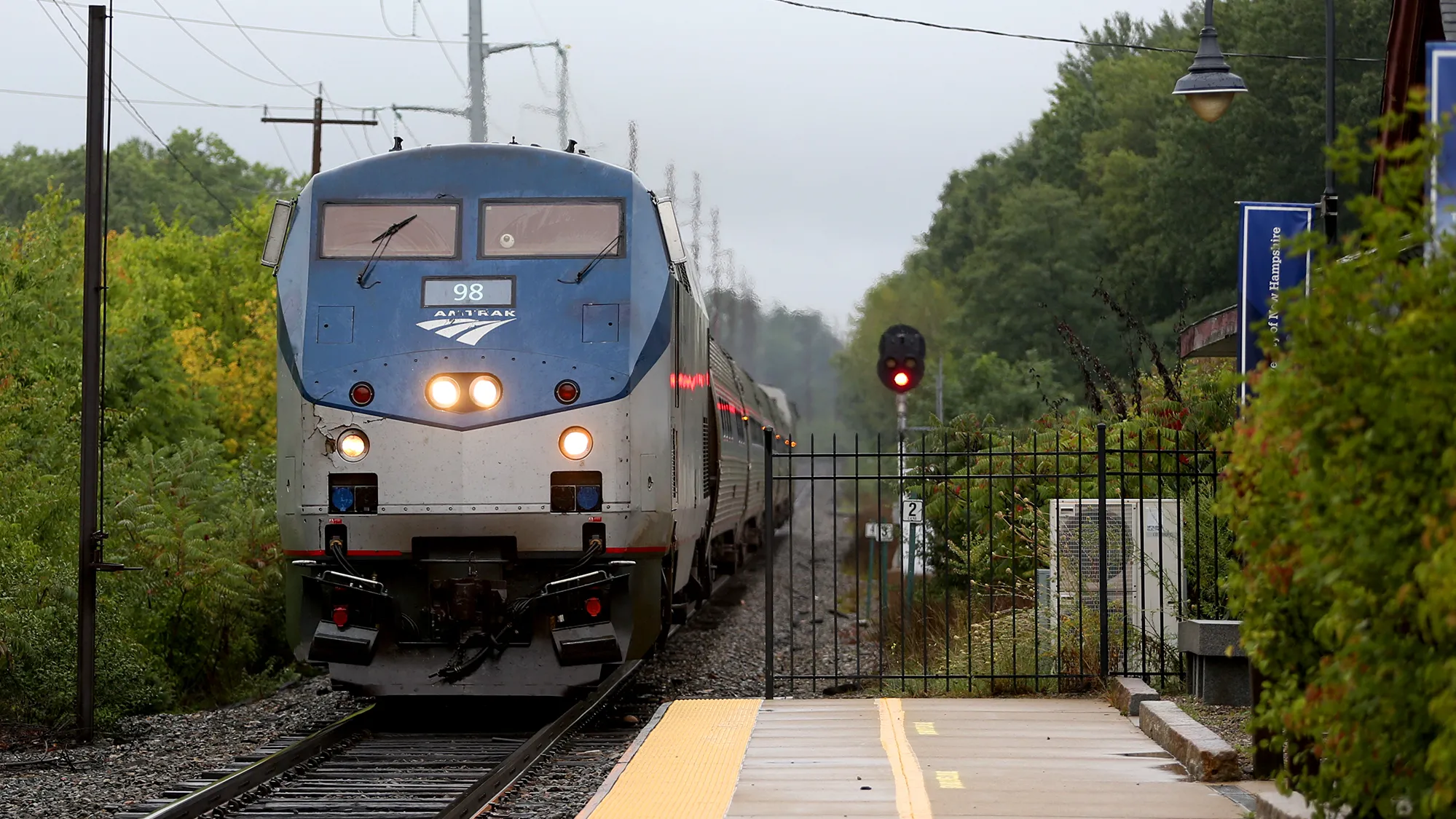
Leave a Reply